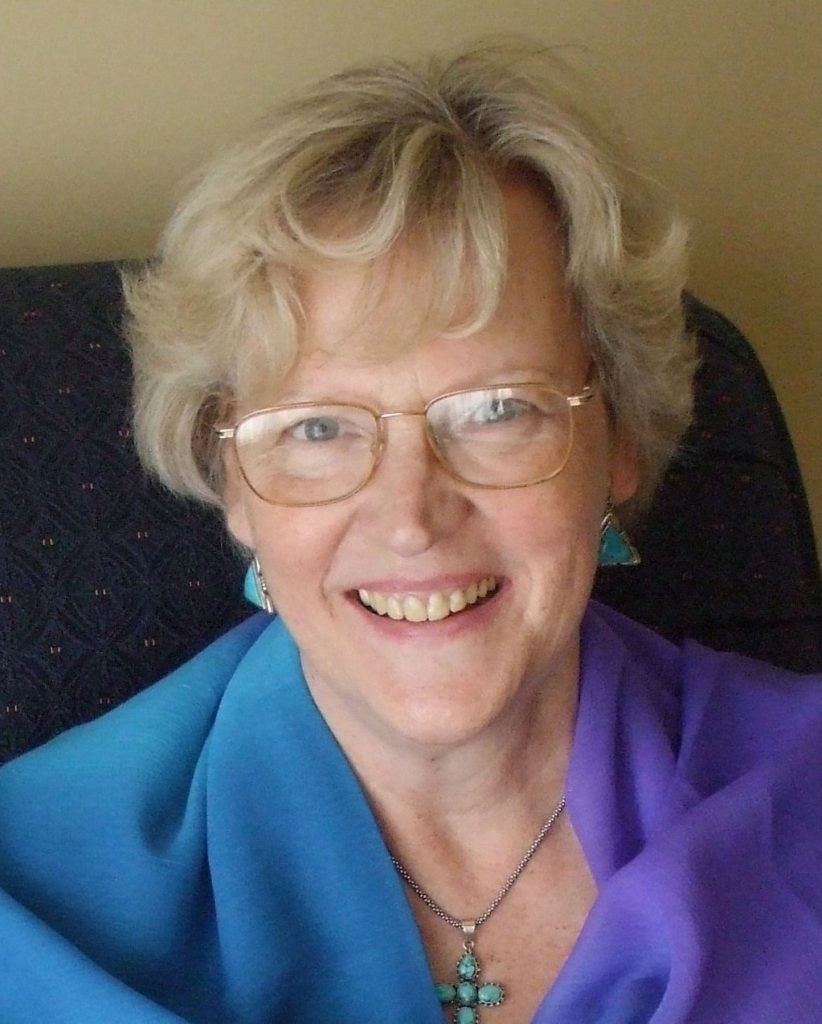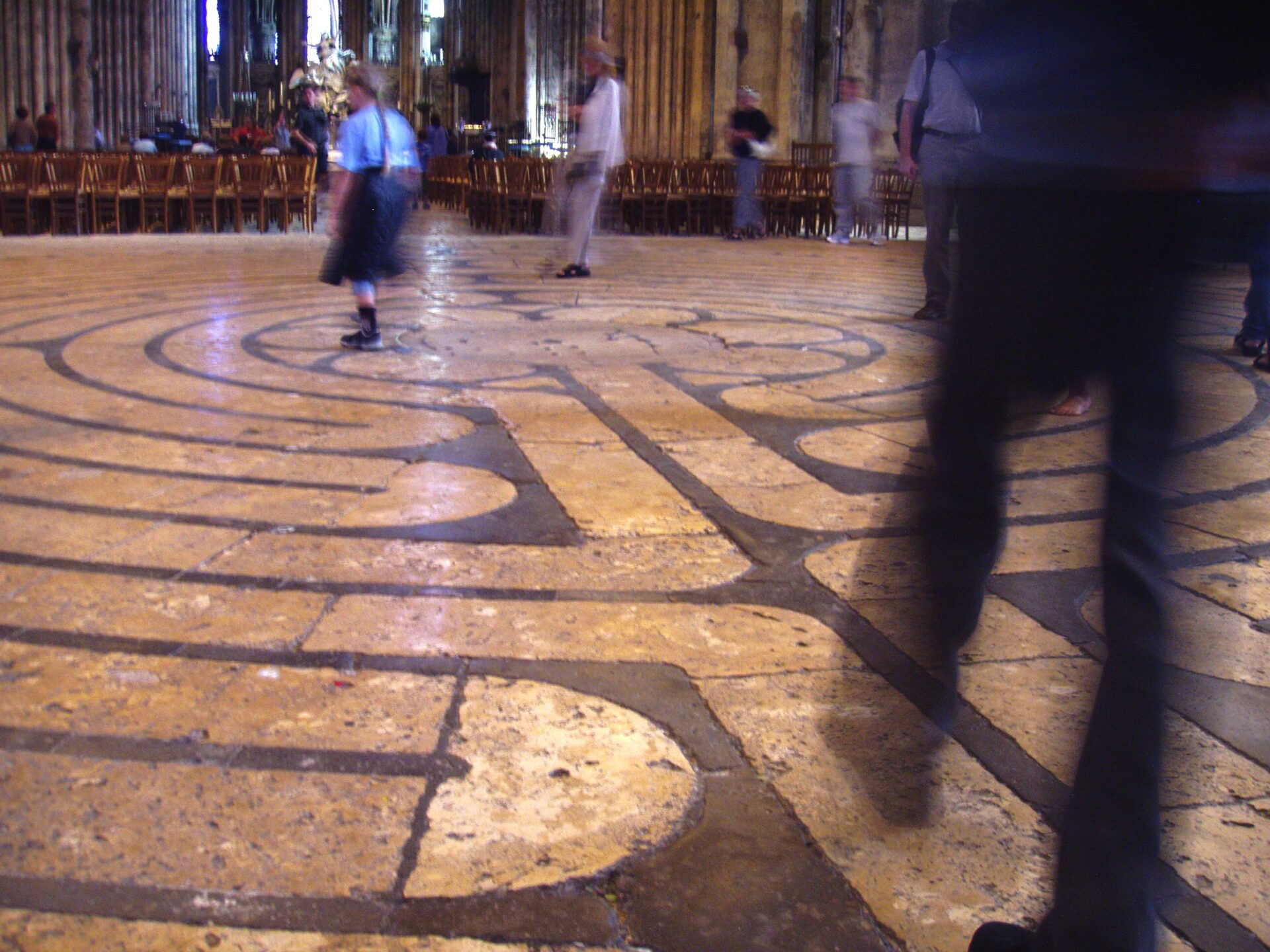The different stages of the spiritual journey are really dependant on our changing relationship with our thoughts. First, we become more tolerant of the intrusion of our distractions, then the insights and thoughts about the wounds inflicted especially in our childhood are met with increasing understanding and compassion and consequently we find it easier to accept similar signs of woundedness in others; finally, we experience moments of stillness and peace, when our thoughts, images and feelings have faded into the background. As we are walking the path of meditation we realise more and more that this changing relationship is brought about by entering the inner silence, however fleetingly we are aware of it. The ego, the conscious mind, cannot enter through these doors of silence and therefore ignores the effects of silence; with the result that we may not even really be conscious of any change at first. It is often others who make remarks that we seem to be different, more patient, tolerant and able to really listen. What is happening is that we are moving from the predominance of the ‘ego’ to the guidance of the true ‘self’ and in doing so open ourselves to the free gift of freedom and peace to be found in the centre of our being. This increasing awareness of ourselves, others and our environment rather than the sole survival viewpoint of the ‘ego’ is the important fruit of meditation. As Laurence Freeman says in Jesus the Teacher Within: “By meditation here I mean not just the work of pure prayer but the whole life-field of self-knowledge which it drives….Jesus had an ego. So it is not that the ego in itself is sinful. It is egotism, fixation in the ego that leads to the forgetting and betrayal of our true Selves. Sin happens whenever the ego is mistaken for the true Self….However he also demonstrates the human capacity to live in a healthy balance between the ego and the Self.” (p.242)
This is what Jesus meant, when he said ‘I have come that they may have life and life in all its fullness.’ A fullness of life is a life, when the ego – and its ‘shadow’ – and the true Self are integrated, in balance. Through the self-knowledge of our total being we then have the patience, tolerance and compassion to fully and honestly relate to others and re-establish our connection with our natural environment and the immanent and transcendent Higher Reality that enfolds and surrounds us.
As Laurence Freeman says above, perhaps the real meaning of ‘sin’ is to confine ourselves to the material ‘ego’ level and its ‘survival needs’ and to forget about our spiritual origin. St Paul too appears to describe ‘sin’ in these terms: “Those who live on the level of our lower nature have their outlook formed by it, and that spells death; but those who live on the level of the spirit have the spiritual outlook, and that is life and peace.” This has often been taken at a literal level as an indictment of sex, but it may also be taken as Paul drawing a distinction between different levels of consciousness. By lower nature he meant perhaps in our terms the drives of the ‘ego’. He was contrasting the attraction of the ‘ego’ and the ‘self’. This “life and peace” is a result of our awareness of the Divine and even total union with the Divine.
The early Church fathers, St Irenaeus (2nd C) and St Athanasius (4th C) both were convinced that “God became man, so that man might become God”. The idea of union is often interpreted in some traditions as a total loss of self. But in the Christian view it is not seen as a total merging, implying this loss. Bede Griffiths in ‘The Marriage of East and West’ states: “There is no doubt that the individual loses all sense of separation from the One and experiences a total unity, but that does not mean that the individual no longer exists. Just as every element in nature is a unique reflection of the one Reality, so every human being is a unique centre of consciousness in the universal consciousness”
Image Bonnevaux, August 2021





